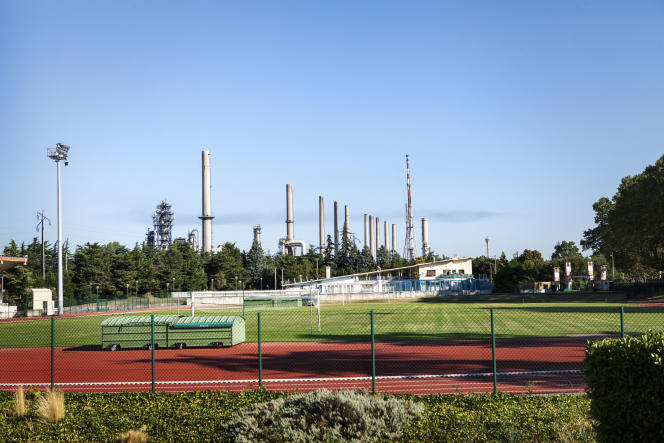On September 21, 2001, the explosion at the AZF factory in Toulouse caused the death of 31 people, injured more than 2,500 and caused heavy material damage. This disaster served as a reminder that France was not immune to a major industrial accident and led to the development of the law of July 30, 2003 on the prevention of technological risks. Technological risk prevention plans (PPRT) have been established in territories hosting high-risk installations known as “Seveso high threshold” with the aim of improving the protection of populations. Twenty years later, it is time to take stock. And he’s scathing. A ” failure “judge Amaris, the national network of communities exposed to industrial risks, in a report published Tuesday September 19 and to which The world had access.
“Twenty years after the vote on the law establishing PPRT, this tool has produced very little effect”, regrets Alban Bruneau, president of Amaris and mayor of Gonfreville-l’Orcher, a town in Seine-et-Marne where the largest refinery in France, owned by TotalEnergies, is located. Refineries, but also chemical or steel complexes, storage sites for extremely dangerous products… 378 PPRTs (concerning the 400 high threshold Seveso sites existing in 2003, compared to 700 in 2023) are now in force. They affect 800 municipalities, apply to thousands of companies and impact the lives of around 9 million people (residents and workers), recalls the association which conducted the survey among its members. For the other 300 high-threshold Seveso sites, simple town planning rules now apply to communities.
Certainly, the PPRTs contributed to reducing the risks at the source, recognizes Amaris, but they did not make it possible to avoid the gigantic fire of Lubrizol and Normandie Logistics which plunged the Rouen metropolitan area into stupor on September 29, 2019. For the rest, the list of “clear failures” is long. The communities emphasize that the protection of local residents in their homes was the “main objective” PPRTs. Today she is the “main failure”, they judge. Thirty thousand people are still exposed to industrial risks in their homes, according to Amaris estimates.
One hundred and eighty-nine PPRTs have prescribed safety work (installation of glazing that does not fragment under the effect of an explosion, arrangement of premises allowing confinement, etc.) for nearly 16,000 private homes. Barely 25% have been completed. The fault lies in insufficient aid, capped at 20,000 euros or 10% of the market value of the property, penalizing the owners of the most modest homes: “The PPRTs have widened inequalities in the face of risks. » Limited to eight years, the aid (including 40% tax credit) will gradually expire from 2024 and will not be able to benefit from the remaining 75%, regrets Amaris, which deplores a “state disengagement”.
You have 47.66% of this article left to read. The rest is reserved for subscribers.
